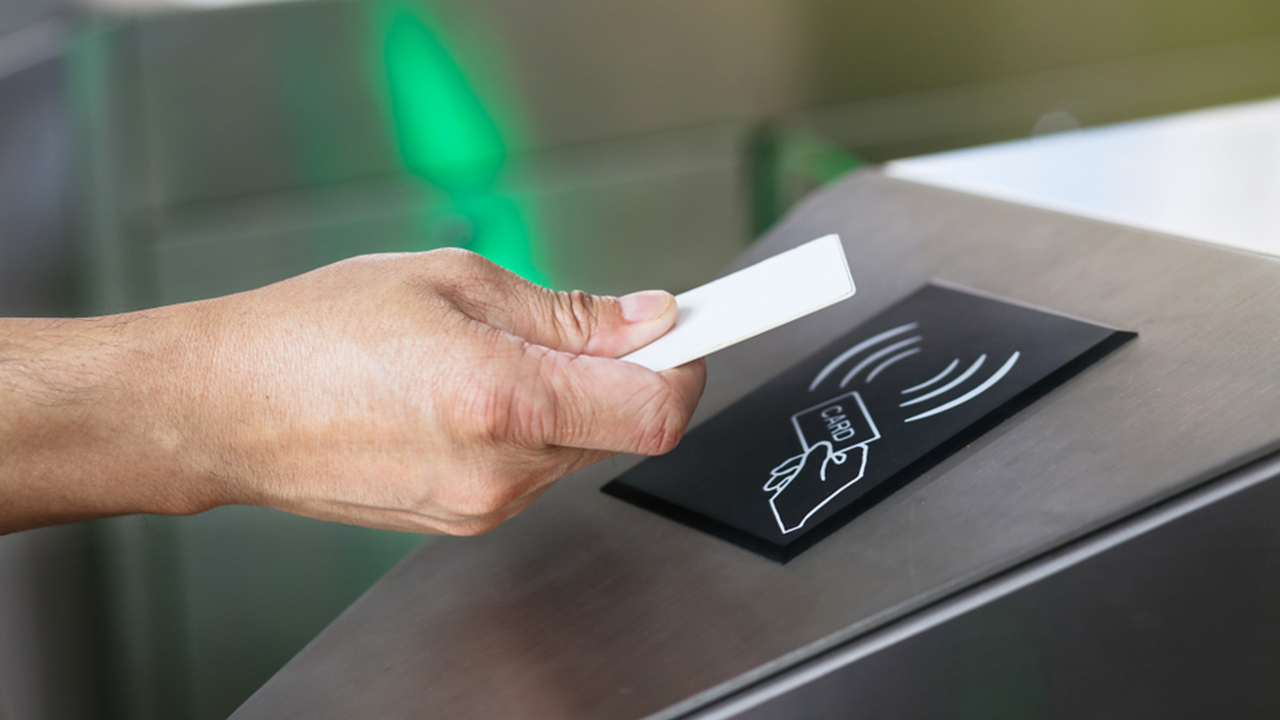RFID card reader writers are versatile devices that play a pivotal role in various industries due to their ability to read, write, and encode RFID cards. From access control and asset tracking to inventory management and payment systems, RFID card reader writers are essential tools for businesses seeking efficient and secure data capture and manipulation.
This comprehensive article discusses the functions and diverse applications of an RFID card reader writer by shedding light on its capabilities and benefits. With a focus and insights from Lintechtt, it explores how these devices empower organizations to streamline operations and enhance productivity across a wide range of industries.
Basics of RFID Card Reader Writers
RFID card reader writers, unlike their read-only counterparts, offer a broader range of functionalities, with their distinctive components and features:
Overview of RFID Card Reader Writer Functionality
RFID card reader writers are multifunctional devices designed to interact with RFID tags and cards, enabling data reading, writing, and encoding capabilities. These devices utilize radio frequency signals to communicate with RFID tags, facilitating the retrieval and manipulation of data stored on the tags.
With their versatile functionality, RFID card reader writers empower users to perform a myriad of tasks, including card issuance, data capture, and inventory management.
Components and Features of RFID Card Reader Writers
RFID card reader writers consist of several key components, including an RFID reader, read/write module, antenna, and interface ports. The RFID reader interacts with RFID tags, while the read/write module enables users to read data from tags, write new data to tags, or encode information onto blank tags.
Antennas are responsible for transmitting and receiving radio frequency signals, allowing for efficient communication with RFID tags. Additionally, interface ports such as USB, Ethernet, and serial ports facilitate connectivity with external devices and systems.
Exploring Applications Across Industries
The versatility of RFID card reader writers translates into a wide range of applications across diverse industries, including:
Access Control and Security
When it comes to access control and security, RFID card reader writers play a vital role in managing entry permissions and enhancing facility security. These devices enable organizations to issue RFID access cards to authorized personnel, control access to restricted areas, and monitor entry and exit activities in real time.
By integrating RFID card reader writers with access control systems, organizations can enforce strict access policies, prevent unauthorized entry, and enhance overall security posture.
Inventory Management and Asset Tracking
RFID card reader writers facilitate efficient inventory management and asset tracking processes in warehouses, retail stores, and manufacturing facilities. By affixing RFID tags to inventory items and assets, organizations can track their movement, monitor stock levels, and automate inventory replenishment tasks.
RFID card reader writers enable users to read data from RFID tags attached to items, update inventory records, and perform stocktaking operations with ease. This improves inventory accuracy and operational efficiency.
In Conclusion
RFID card reader writers are a powerful technology that goes beyond simply reading data. Their ability to read, write, and rewrite data empowers businesses and organizations to streamline operations, enhance security, and gain valuable insights.
As RFID technology continues to evolve, the applications of RFID card reader writers will undoubtedly expand, further revolutionizing data management across various industries. So, explore the possibilities that RFID card reader writers offer and enhance your efficiency, security, and data-driven decision-making.


